Cedar Park is a suburb that is quickly expanding, not only in population, but in its collective history and culture. Over the course of just sixteen years, Cedar Park has gone from a population of just over 5,000 people in 1990, to over 52,000, as of 2006 — this jump in population includes a 99.9 percent increase from the year 2000 to 2006. And, as the population has grown, so has the town itself.
“There were tons of trees, and lots of places to explore,” says Heather Smith, a musician living in Manhattan, who ospent 13 years of her life growing up in Cedar Park. She went on to say that the area used to be much quieter, and practically carpeted in trees and other foliage.
“I remember there used to be more trees than houses, four years ago,” Carson Felder, senior, said. “Now, most of those trees have been removed for expanding suburbs.” Felder has lived in his Cedar Park home for eight years after moving from Pflugerville.
However, foliage is not the only part of Cedar Park that has been removed to make way for the rapidly growing city.
“I used to work here when I was in college, in the 1980s,” Michael Zamora, a resident of Cedar Park for over 24 years said, “And it was small; there was nothing here at all.” Zamora went on to say that, to him, Cedar Park is completely unrecognizable compared to the town that was here when he first moved to Texas. “When I was working in college, the entire area used to just be a farm town, that’s it.”
Just over ten years ago, several significant and popular areas of Cedar Park were groves of trees. But, as Cedar Park’s population grew, so did the need for new business and new suburbs. In fact, most of the hangouts for local teenagers, such as Shakes, Whataburger and the Lakeline Mall, were not here a few years back. Even some housing developments, like the houses around Barrilla Street and Sunchase Boulevard, were not even constructed until a decade ago. This recent expansion is justthe tip of the iceberg. With the completion of the new special-events center, it is becoming more and more apparent that Cedar Park will continue to host new businesses and suburbs as time goes on.
“I think Cedar Park has really transformed,” Michael Smith, a citizen of Cedar Park for 15 years, said. “I remember when Lakeline used to end on Buttercup Creek, and there was nothing but brush and hills after that.”
As immense as the growth of Cedar Park has been, it has not been limited to just this area.
“I mostly remember the growth between Georgetown and Austin,” said Brent Brittain, a CPHS coach and five-year citizen of Cedar Park. “The growth rate’s kind of branched out to the other cities around us. The whole area’s growing.”
It is almost unanimously agreed that Cedar Park has changed in massive ways, making leaps and bounds in the additions of new business and transportation methods. But the question is; will this town continue to expand at this rate?
“I don’t think it can,” Smith said. “It has to build up its infrastructure and add more things that will make people want to come here, like the new convention center they just finished. Cedar Park has a lot to offer; it’s easy to get to places like downtown Austin, the airport, the universities. It acts as a crossroads to these diversely populated areas.”
While Smith believes that Cedar Park must work to continue to expand, he views the expansion as a welcome change to the area.
“I enjoy living here,” Zamora said. “But I remember telling my boss that I’d never live in Cedar Park, but it’s a different town, now. I enjoy the suburbs and the entertainment the town provides. But I think the growth will slow down a bit. I think that it really comes down to ‘more business; more people.’”

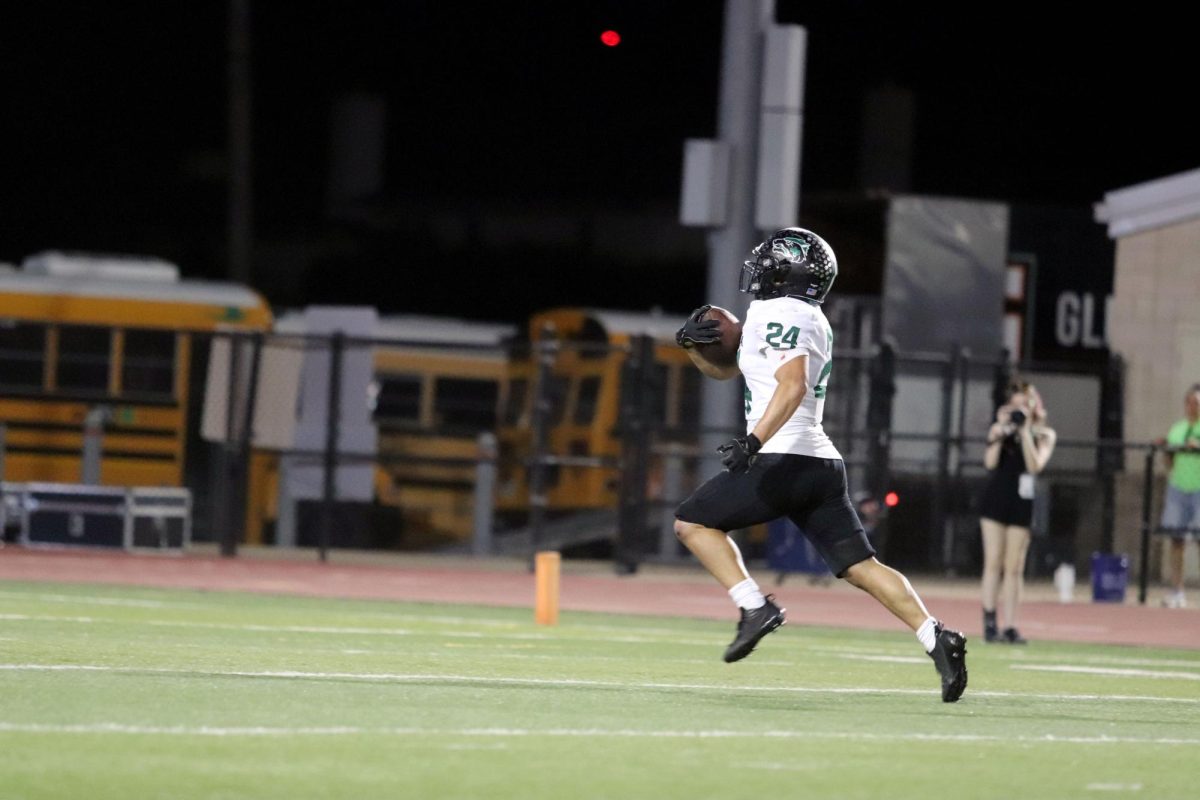

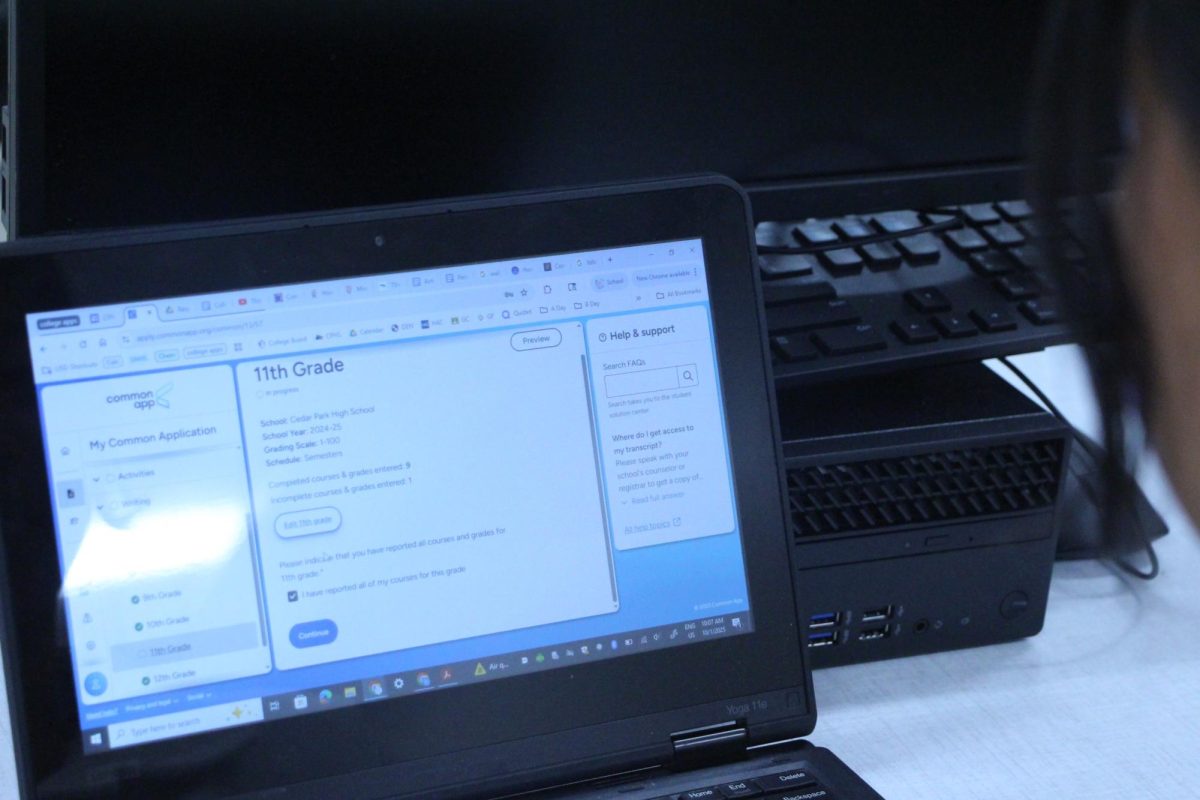
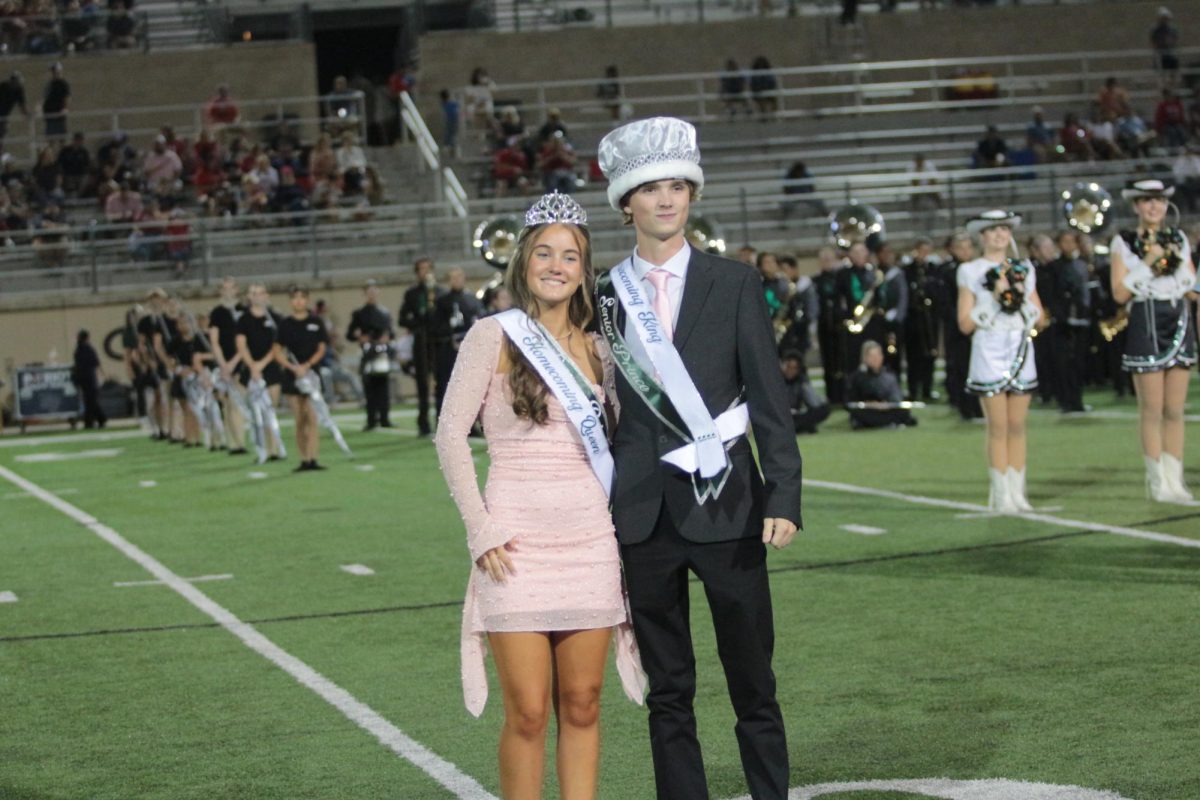

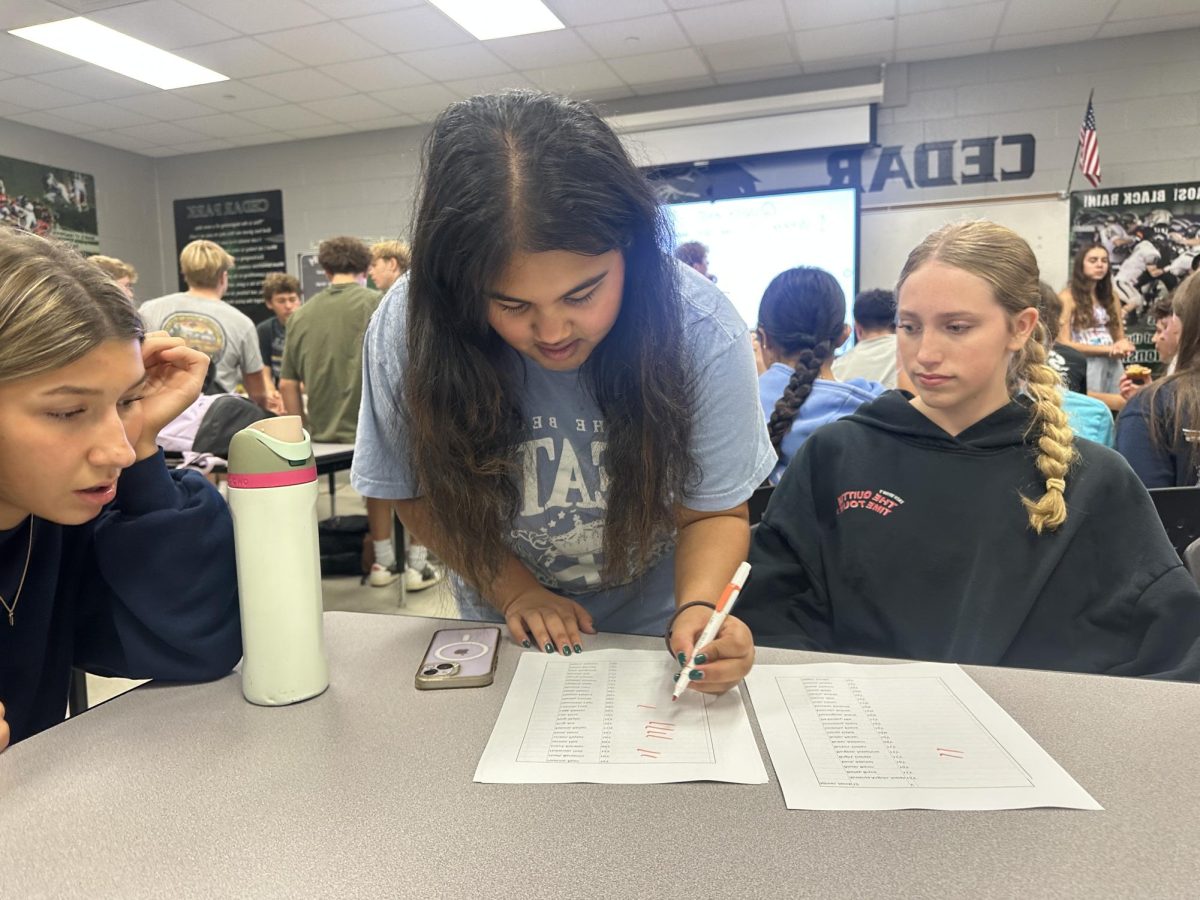

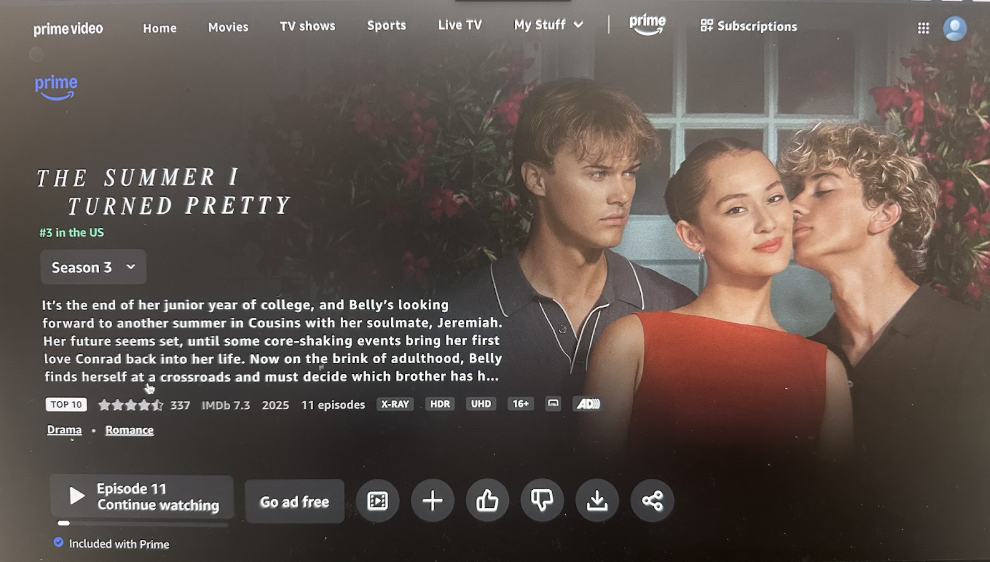

![Broadcast, yearbook and newspaper combined for 66 Interscholastic League Press Conference awards this year. Yearbook won 43, newspaper won 14 and broadcast took home nine. “I think [the ILPC awards] are a great way to give the kids some acknowledgement for all of their hard work,” newspaper and yearbook adviser Paige Hert said. “They typically spend the year covering everyone else’s big moments, so it’s really cool for them to be celebrated so many times and in so many different ways.”](https://cphswolfpack.com/wp-content/uploads/2025/05/edited-ILPC.jpg)



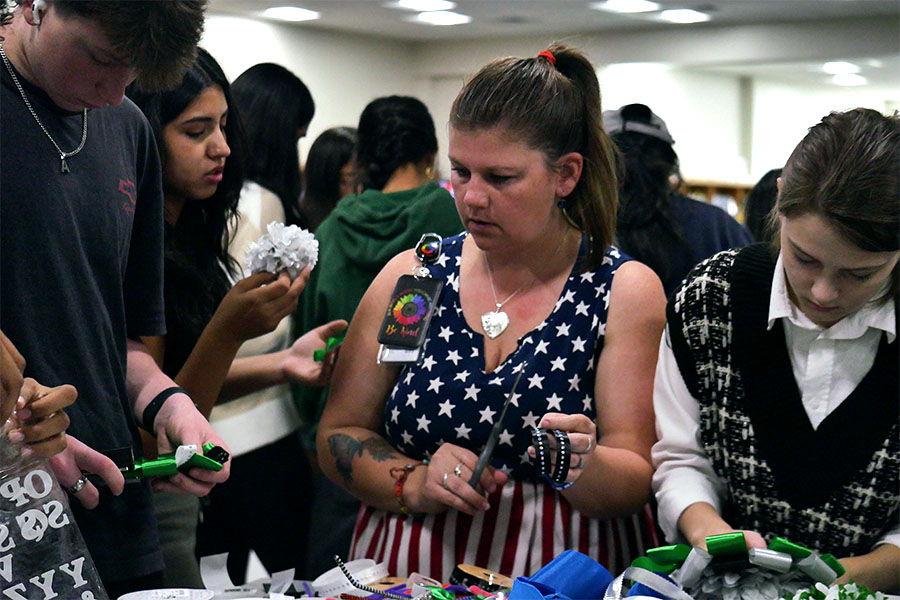

![Looking down at his racket, junior Hasun Nguyen hits the green tennis ball. Hasun has played tennis since he was 9 years old, and he is on the varsity team. "I feel like it’s not really appreciated in America as much, but [tennis] is a really competitive and mentally challenging sport,” Nguyen said. “I’m really level-headed and can keep my cool during a match, and that helps me play a bit better under pressure.” Photo by Kyra Cox](https://cphswolfpack.com/wp-content/uploads/2025/09/hasun.jpg)

![Bringing her arm over her head and taking a quick breath, junior Lauren Lucas swims the final laps of the 500 freestyle at the regionals swimming competition on date. Lucas broke the school’s 18-year-old record for the 500 freestyle at regionals and again at state with a time of 4:58.63. “I’d had my eye on that 500 record since my freshman year, so I was really excited to see if I could get it at regionals or districts,” Lucas said. “ State is always a really fun experience and medaling for the first time was really great. It was a very very tight race, [so] I was a bit surprised [that I medaled]. [There were] a lot of fast girls at the meet in general, [and] it was like a dogfight back and forth, back and forth.” Photo by Kaydence Wilkinson](https://cphswolfpack.com/wp-content/uploads/2025/03/Kaydence-2.7-23-edit-2.jpg)
![As her hair blows in the wind, senior Brianna Grandow runs the varsity girls 5K at the cross country district meet last Thursday. Grandow finished fourth in the event and led the varsity girls to regionals with a third place placement as a team. “I’m very excited [to go to regionals],” Grandow said. “I’m excited to race in Corpus Christi, and we get to go to the beach, so that’s really awesome.” Photo by Addison Bruce](https://cphswolfpack.com/wp-content/uploads/2025/10/brianna.jpg)











